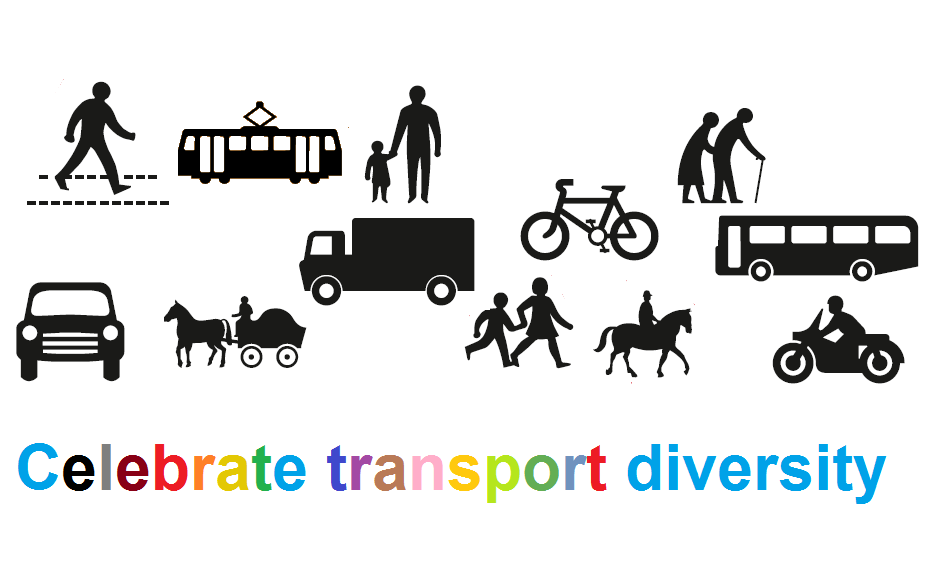“Drivers and cyclists are the same people. We need to break down barriers – change will come mainly from changing perceptions.”
Aw!
But. Really? Is it true? Is it helpful?
It's of course a con. It's playing this old scratched and screeching record of the "behavioural change will sort it all" debate akin to "safety in numbers" without explaining how higher cycle modal share could be achieve and thereby ignoring to address the reasons for people not cycling.
Alarm bells.
It's a complete and utter distraction to what's required. By effectively saying "It's your problem", it becomes another victim blaming approach - so well-known to cycle folks. And then promotion campaigns, such as smarter choices, are readily funded - like handing peanuts to monkeys, you know, altruistically.
It is The Energy Glut that makes it abundantly clear that what we are facing is a politico-environmental and not a lifestyle problem ie road space adjustment will trigger behavioural change. And that our politics are heavily influenced by bully lobbies of heavy industry oil, car, roads and petrol.
I remain convinced that AA knows all this. They know nowt will happen, since transport behavioural change - without the design changes to our roads - will remain elusive as ever. And furthermore, AA's own figures bear it out: we are not the same people:
So, back to the Cycling Motorist, referenced above. We are looking for evidence of regular on-road cycling. In 1992, 1 in 5 (18.9%) drivers were also partaking in utility cycling. Interestingly it states "The provision of more cycle lanes and paths may encourage greater use of the bicycle". And further "Things that might encourage cyclists to cycle more" highest ranking at 23% was "cycle lanes/paths" followed by "Better weather 13%, Less traffic 10%, For exercise/health reasons 6%, Better bike 5%, Loss of car 4%, More time 4%, Secure place to leave bikes 2%".
And then in 2002 the figure was, eh, 1 in 5 (20.6%).
It could euphemistically be called an increase. Still too few "Cycling Motorists" to make a tangible difference on our roads for cyclists.
So let's go for the next best thing which evidently is more "cycle lanes/paths".
Thanks goes to AA President for supplying Cycling Motorists 2002. Let's go one step further and speak openly about its findings. These effectively mean publically talking about road space re-allocation to bump up the modal diversity scale. And stop taking the easy-way-out: the behavioural change diversion.

No comments:
Post a Comment